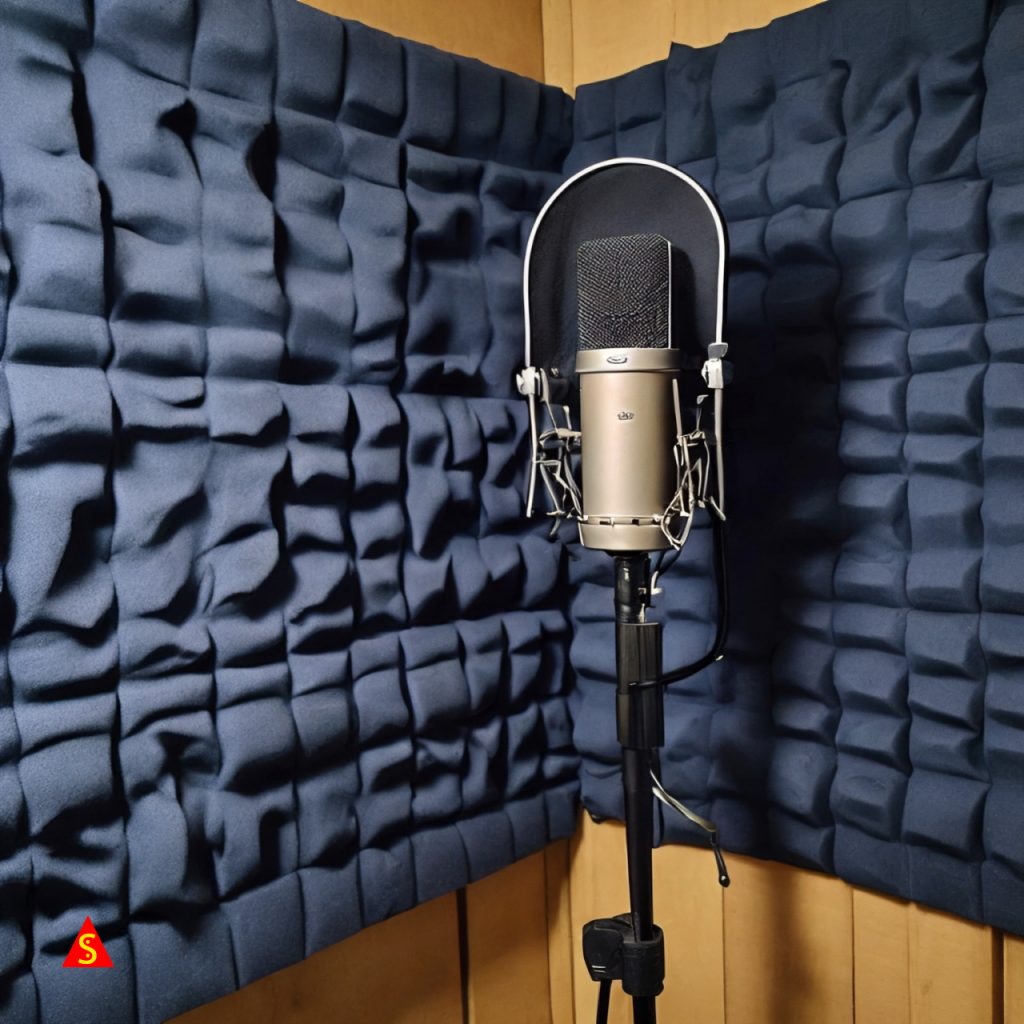Audio is probably one of the most important parts of current video acting and there are so many steps involved to getting it right, going one bit a time is best. Let’s start with recording devices:
Voiceovers
When you are recording a voiceover, try to remember that everything in the room will be much louder than you remember when trying to speak your lines while recording. remember some of the following things
- Refrigerator and Freezer off
- Fans off
- Air Conditioners off
- Ceiling Fans off
- Answering machines off
- Unplug or block PC fans partially
- Close windows completely
- Animals in another room
- Anyone else not assisting out of the room
- Record later at night or a time that others aren’t around
- Try to make or buy a mic pop cover
- Try to make or buy a mic shield for the back of the mic
- Break voiceovers into segments, not 1-2 minute takes all at once
- Keep recording, clap your hands for markers at mistakes
- Check the distances for speaking without peaking
- You can use software to remove mic/amp and room noise to a point
- Not all mics sound the same, try a few out if you can per need

Soundproofing Your Room
There is a lot of echo in most rooms, even ones where you think it is well away from street or neighbor noises. Padding behind your body and head is better than in front of you behind the mic itself. The reflected sound comes into the mic from behind you.
Here are some good links to soundproof your room to do great recording:
https://alisocreek.net/vo-articles/voice-over-studio-soundproofing-and-sound-control.html
Examples of My Work (Soundcloud)
Learning Languages and Dialects
When you are submitting tests or going for an audition, the best thing you can do in a dialect or language is practice as much as possible. This sounds obvious, but it really isn’t. Think of every person in Hollywood that came to America trying to make it. Many didn’t even know the words they were saying. Antonio Banderas sounded out his English so it was his way of doing it without understanding the language.
Finding that character is hard, and constantly recording yourself and looking in the mirror for how their mouths work and your attempts is important. Find not just how to say something, but how is is reflected in the structure of the face of a person in the environment. One of my favorite actors, Matthew McConaughey has a great Texas and Southern accent. I often imagine myself as him when I do auditions and roles as a Southerner / Western front kind of guy.
Matthew McConaughey Accent (7 Acting examples)
Also, there is nothing stopping you from asking a friend who speaks the way you need to “hey can you read these lines for me and record them to your phone please?” and practice from there as well.
Mics
There are so many different types of mics,and an unreal amount of tech levels and cheap knock offs in the world of professional audio.
- SAMSON MTR101a (studio mic kit, combined with DR-70D)
- Zoom H2(n) Recorder (very noisy in the electronics of the mic itself)
- On Camera Lav Mics (if doing video as well)
- RØDE Wireless GO II (single or dual variant, not as bright sounding)
Recording Devices
Sometimes the device itself when isolated from an AC source can allow remote recording in great sound environments, and or get those remote locations and their aural sound as well.
- TASCAM DR-70D
- ZOOM H2(n) Recorder (very noisy in the electronics of the mic itself)
Desktop Recording and Editing Software
- Magix Soundforge (simple program with nice add-ons to record and edit)
- Izotope RX-7/8/9/10 (each gen has better sound modeling add-ons)
- Vegas Pro (all versions, came from an audio editing nle originally)
- Adobe Audition
- Acid Pro (this is what Vegas Pro became over the decades)
- Audacity You can’t get better for free than this.
- Garageband Apple OS X has a built in DAW for free..
- Soundbridge Another nice free DAW
A great workflow is recording into Soundforge as 48/96/+ khz stereo audio and just saving it as uncompressed .wav files to your project folder. Then open each .wav file and run noise reduction processes from Izotope RX* making sure not to create too much echo or reverb while removing room noise or other annoyances.
Save out as a .wav 16bit 48/96/+ khz. Then finally edit it by snipping and aligning with 2 channels in vegas pro for audio. For video, same thing. Then output if audio as an mp3 320kbps an make your own audio profile if you need to.
Sometimes in an archival, destructive format that isn’t great for keeping those perfect moments in audio you could edit if you’re out of space with flac, mp3 320kbps mono/stereo versions of your final cuts, but .wav uncompressed is really the best choice if you can spare the storage for it.
If outputting video, output whatever quality you want, but in the audio aspect, save as a flac, mp3 128-320kbps stream or another 48/96/+ khz codec even uncompressed if you really need to.
Online Social Media Sites for Audio